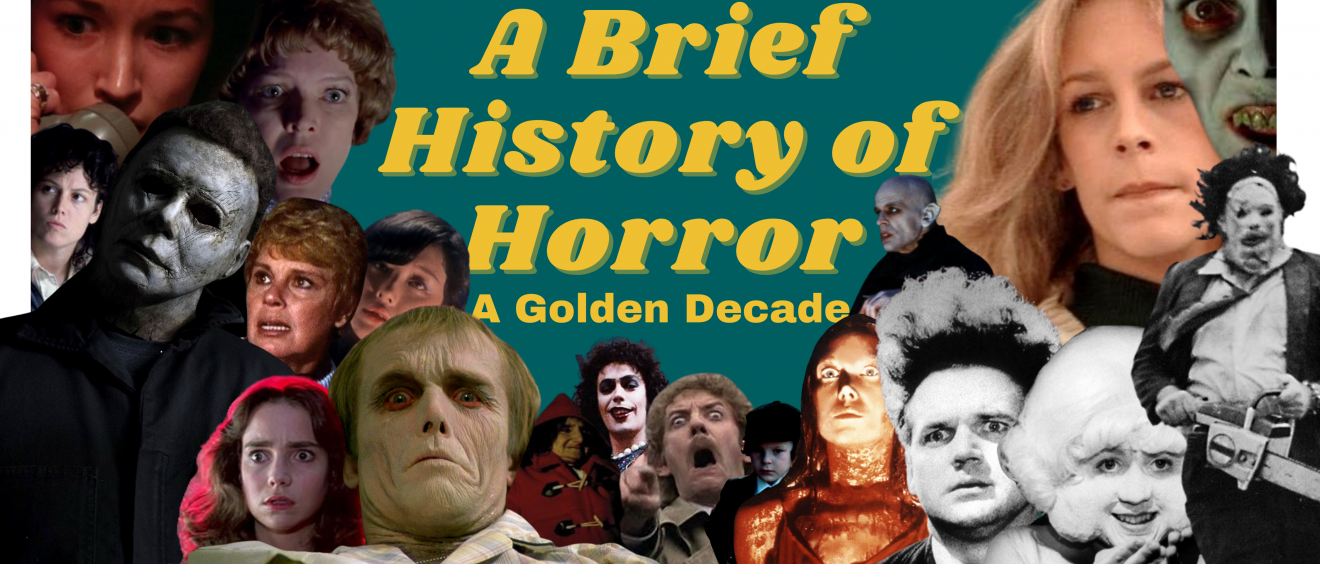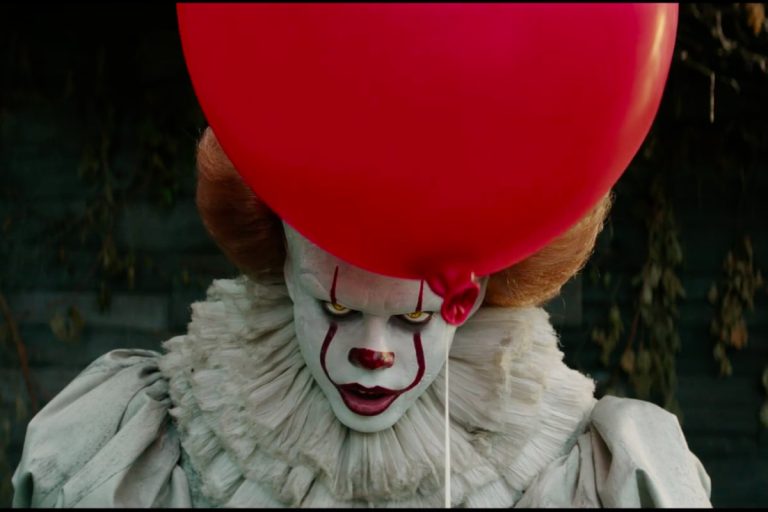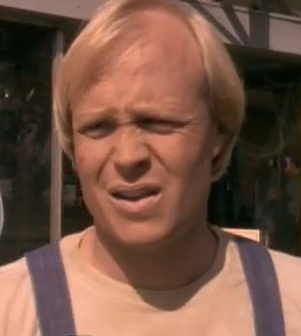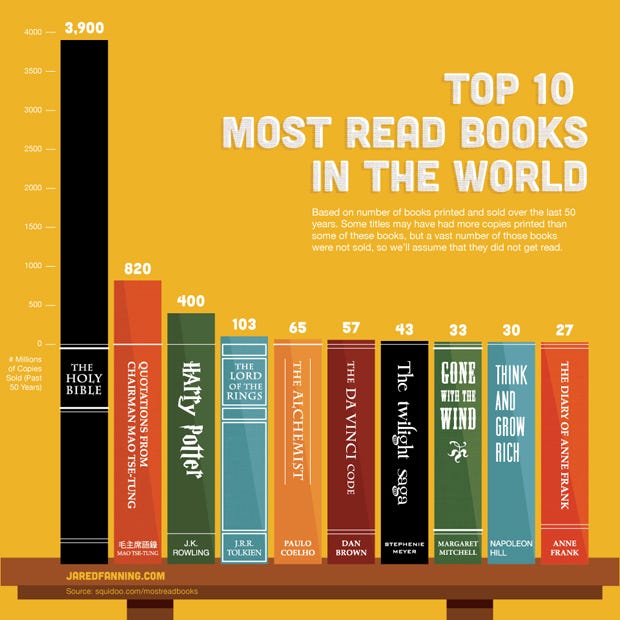What Is The Golden Age Of Horror?
What is the golden age of horror? If you’re a fan of spine-chilling stories, blood-curdling screams, and things that go bump in the night, then you’ve probably asked yourself this question before. Well, fear not! In this article, we’ll dive into the depths of horror history to uncover what exactly constitutes the golden age of this thrilling genre. So grab your popcorn, turn off the lights, and prepare to be scared!
The golden age of horror refers to a specific period in cinematic and literary history when the genre experienced a surge in popularity and creativity. It was a time when iconic horror movies like “Psycho” and “The Exorcist” terrified audiences, and classic horror novels like “Dracula” and “Frankenstein” captivated readers. During this era, horror became a mainstream phenomenon, captivating audiences with its ability to tap into our deepest fears and anxieties. So, what defined this golden age? Was it the groundbreaking special effects, the unforgettable characters, or the chilling storytelling? Join us as we explore the dark corners of horror’s past and uncover the secrets of the golden age. Get ready for a thrilling journey into the heart of fear!

What is the Golden Age of Horror?
The Golden Age of Horror refers to a specific period in the history of horror cinema and literature when the genre experienced a significant surge in popularity and creative innovation. It is a term often used to describe the period from the 1960s to the early 1980s, although some argue that it extends further back to the 1930s and 1940s. This era is characterized by the emergence of iconic horror films, influential horror authors, and groundbreaking storytelling techniques that continue to shape the genre today.
During the Golden Age of Horror, filmmakers and writers pushed the boundaries of what was considered acceptable in terms of gore, violence, and psychological terror. They brought horror out of the shadows and into the mainstream, captivating audiences with tales of monsters, vampires, ghosts, and psychological torment. This period saw the rise of iconic horror franchises such as “Psycho,” “Night of the Living Dead,” and “The Exorcist,” which continue to be cherished by horror enthusiasts to this day.
The Evolution of Horror Cinema
The Golden Age of Horror in cinema witnessed a significant evolution in the way horror stories were told on the big screen. Filmmakers took advantage of advancements in special effects and technology to create more realistic and terrifying visuals. This period saw the birth of the slasher subgenre with films like “Halloween” and “Friday the 13th” popularizing the concept of a masked killer stalking unsuspecting victims. The introduction of groundbreaking films like “Night of the Living Dead” and “The Texas Chain Saw Massacre” brought a new level of intensity and realism to the genre.
In addition to the visual aspects, the Golden Age of Horror also saw a shift in the storytelling techniques employed by filmmakers. Directors like Alfred Hitchcock and Stanley Kubrick experimented with suspense, tension, and psychological horror, creating films that left audiences on the edge of their seats. These movies explored the darkest corners of the human psyche, tapping into universal fears and anxieties. The Golden Age of Horror was a time of innovation and creativity, with filmmakers constantly pushing the boundaries of what was considered acceptable in the genre.
The Influence of Golden Age Horror
The impact of the Golden Age of Horror extends far beyond the era itself. The films and literature produced during this time continue to inspire and influence contemporary horror creators. The iconic characters, memorable scenes, and innovative storytelling techniques have become the blueprint for modern horror.
One of the lasting legacies of the Golden Age of Horror is the establishment of horror as a legitimate and respected genre. Prior to this period, horror was often dismissed as lowbrow entertainment. However, the success and critical acclaim of films like “The Exorcist” and “Rosemary’s Baby” helped to elevate the genre and gain recognition from mainstream audiences and critics alike.
The Golden Age of Horror also paved the way for future generations of horror filmmakers and authors. It inspired a new wave of creators who sought to push the boundaries and challenge audience expectations. Filmmakers like Wes Craven, John Carpenter, and Guillermo del Toro have all cited the films of the Golden Age as major influences on their work.
The Birth of Horror Icons
One of the defining characteristics of the Golden Age of Horror is the emergence of iconic horror characters that have become synonymous with the genre. These characters have become cultural icons, recognized and beloved by audiences around the world.
In the 1960s, Alfred Hitchcock introduced audiences to Norman Bates, the disturbed motel owner in “Psycho.” Bates, played by Anthony Perkins, became one of the most memorable and chilling villains in cinematic history. The character’s psychological complexity and the film’s shocking twists helped redefine the genre and set a new standard for psychological horror.
The 1970s saw the birth of another iconic horror figure with the release of “The Texas Chain Saw Massacre.” Leatherface, the chainsaw-wielding killer, became an enduring symbol of terror and brutality. The character’s grotesque appearance and relentless pursuit of his victims struck a chord with audiences, solidifying his place in horror folklore.
In the 1980s, the horror genre experienced a resurgence with the introduction of Freddy Krueger in “A Nightmare on Elm Street.” Played by Robert Englund, Krueger became a pop culture phenomenon with his razor-sharp glove and ability to haunt and kill his victims in their dreams. The character’s dark humor and sadistic nature made him a fan favorite and solidified his status as one of the most memorable horror villains of all time.
The Golden Age of Horror gave birth to these and many other iconic characters that continue to captivate audiences and inspire future horror creations.
Revolutionizing Horror Literature
While the Golden Age of Horror is often associated with cinema, it also had a significant impact on the world of literature. During this period, authors pushed the boundaries of what was considered acceptable in horror fiction, introducing new themes, and experimenting with different narrative techniques.
One of the most influential authors of the Golden Age of Horror is Stephen King. King’s novels, such as “Carrie,” “The Shining,” and “It,” brought horror to the forefront of popular literature. His rich character development, intricate storytelling, and ability to tap into the deepest fears of his readers have made him one of the most successful and celebrated authors in the genre.
Another notable author of the era is Clive Barker. Barker’s works, such as “Hellraiser” and “Books of Blood,” explored the darker side of humanity and introduced readers to a world of grotesque creatures and unimaginable horrors. Barker’s unique blend of visceral horror and philosophical themes helped redefine the genre and paved the way for a new generation of horror authors.
The Golden Age of Horror in literature also saw the rise of female horror authors who brought a fresh perspective to the genre. Writers like Shirley Jackson and Anne Rice challenged traditional gender roles and introduced complex female characters who defied stereotypes and expectations.
In conclusion, the Golden Age of Horror represents a significant period in the history of the genre. It was a time of innovation, creativity, and boundary-pushing, both in cinema and literature. The films and books produced during this era continue to captivate audiences and inspire future generations of horror creators. The iconic characters, memorable scenes, and groundbreaking storytelling techniques have left an indelible mark on the genre, ensuring that the Golden Age of Horror will always be remembered as a pivotal moment in the evolution of horror.
Key Takeaways: What is the golden age of horror?
- The golden age of horror refers to a specific period in the history of horror movies or literature when there was a surge in popularity and quality of scary stories.
- This era is often associated with the 1970s and 1980s, when classic horror films like “The Exorcist” and “Halloween” were released.
- During the golden age of horror, filmmakers and authors experimented with different subgenres, such as slasher films and supernatural horror.
- Iconic horror villains like Freddy Krueger and Jason Voorhees emerged during this time and became beloved characters in the genre.
- The golden age of horror continues to influence modern horror movies and literature, with many filmmakers and authors paying homage to the classics from this era.
Frequently Asked Questions
Here are some frequently asked questions about the golden age of horror:
1. What years are considered the golden age of horror?
The golden age of horror is typically considered to be the period from the 1930s to the 1960s. During this time, classic horror films were made that laid the foundation for the genre. These decades saw the rise of iconic monsters such as Dracula, Frankenstein’s monster, and the Wolf Man.
Horror films from this era were characterized by their atmospheric settings, suspenseful storytelling, and practical effects. They often explored themes of fear, the supernatural, and the human psyche, leaving lasting impacts on the genre.
2. What were some notable horror films from the golden age?
Several notable horror films were made during the golden age. One of the most famous is “Frankenstein” (1931), directed by James Whale and starring Boris Karloff as the monster. Another iconic film is “Dracula” (1931), directed by Tod Browning and featuring Bela Lugosi as the titular vampire.
Other notable films from this era include “The Wolf Man” (1941), “Psycho” (1960), and “Night of the Living Dead” (1968). These films not only terrified audiences at the time but also had a significant influence on future horror filmmakers.
3. Why is the golden age of horror considered significant?
The golden age of horror is considered significant because it laid the groundwork for the modern horror genre. During this time, filmmakers experimented with new techniques and storytelling methods that continue to influence horror films today.
Many of the themes and tropes established during the golden age, such as the mad scientist, the haunted house, and the slasher villain, have become staples of the genre. Additionally, the success of horror films from this era paved the way for the continued popularity and commercial success of horror movies.
4. How did the golden age of horror impact popular culture?
The golden age of horror had a profound impact on popular culture. The iconic monsters and characters from this era, such as Dracula, Frankenstein, and the Invisible Man, have become cultural icons that are still recognized today.
Furthermore, the visual and storytelling techniques used in these films influenced not only the horror genre but also other genres of cinema. Elements of suspense, atmospheric lighting, and psychological terror can be seen in films across various genres, showcasing the lasting impact of the golden age of horror.
5. Are there any modern films that pay homage to the golden age of horror?
Absolutely! Many modern filmmakers pay homage to the golden age of horror through their work. Films like “The Conjuring” (2013) and its sequels, directed by James Wan, capture the spirit of classic horror films with their emphasis on atmospheric tension and supernatural elements.
Other examples include “Crimson Peak” (2015) directed by Guillermo del Toro and “Get Out” (2017) directed by Jordan Peele. These films draw inspiration from the golden age while adding their own unique twists and social commentary, showcasing the continued influence of classic horror on contemporary cinema.
The Golden Age of Horror Comics – Part 1
Final Thoughts on the Golden Age of Horror
So, what is the golden age of horror? It’s a question that has sparked countless debates among horror enthusiasts and film historians alike. While there may not be a definitive answer, one thing is clear: the golden age of horror represents a time when the genre truly came into its own and left an indelible mark on popular culture.
During this period, which is often considered to span from the 1960s to the 1980s, horror films underwent a remarkable transformation. Filmmakers pushed the boundaries of what was considered acceptable in terms of violence, gore, and psychological terror. Classic films like “Psycho,” “Night of the Living Dead,” and “The Shining” emerged, captivating audiences and solidifying horror’s place in cinematic history.
But the golden age of horror isn’t just about the movies themselves; it’s also about the cultural impact they had. These films tapped into the fears and anxieties of their time, reflecting the social and political climate in which they were made. They provided an outlet for audiences to confront their darkest fears and explore the human psyche in a way that was both thrilling and cathartic.
Today, we can still see the echoes of the golden age of horror in modern cinema. Filmmakers continue to draw inspiration from the classics, while also pushing the genre in new and exciting directions. Whether it’s supernatural hauntings, psychological thrillers, or gory slasher flicks, horror remains a powerful and enduring force in the world of entertainment.
In conclusion, the golden age of horror represents a transformative period for the genre, where filmmakers pushed boundaries and audiences were captivated by tales of terror. While the specific films and time frame may be up for debate, the lasting impact of this era is undeniable. So, grab some popcorn, turn down the lights, and prepare to be scared as you delve into the dark and thrilling world of the golden age of horror.






